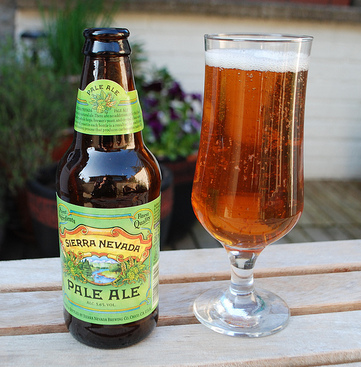Galveston Liquor: Your Overview to the Finest Spirits and More
Galveston Liquor: Your Overview to the Finest Spirits and More
Blog Article
The Ultimate Distillery Experience: From Grain to Glass, Every Little Thing You Need to Know
Beginning on a journey through the complexities of the distillery process unveils a globe where science meets artistry in the production of spirits. From the careful selection of grains to the thorough crafting of each bottle, every step in the manufacturing line plays a vital role in shaping the final product that beautifies our glasses.
The Art of Grain Choice
Selecting the ideal grains is a critical action in the distillation procedure, establishing the taste account and top quality of the end product. The kind of grain picked substantially influences the character of the spirit being generated - Galveston Liquor. Usual grains used in purification consist of barley, rye, corn, and wheat, each conveying distinctive tastes and features to the end product

Beyond taste considerations, the high quality and pureness of the grains are vital. Distillers diligently resource grains to ensure they are complimentary from pollutants and have the needed starch content for fermentation. By understanding the art of grain option, distillers lay the structure for producing exceptional spirits that mesmerize the palate.
Purification Process Demystified
Having developed the structure with meticulous grain choice, the purification process arises as the transformative phase where the significance of the chosen grains is opened and refined into a spirited type. Purification is a methodical procedure that depends on the principle of separating alcohol from a combination based upon distinctions in steaming factors. As soon as the fermented mash is warmed in the still, the alcohol vaporizes at a lower temperature than water and various other substances, permitting its extraction. As the alcohol vapors climb and pass with the still, they condense back right into liquid form, leading to a higher proof extract. This distillate, likewise referred to as the 'heart cut,' is the purest and finest part of the distillation run. Nonetheless, the procedure doesn't end there; several purification runs or additional actions such as aging in barrels might better improve the spirit, improving its flavor, character, and intricacy. Understanding the complexities of the purification procedure is vital for creating premium spirits that mesmerize connoisseurs and fanatics alike.
Barrel Aging and Flavor Growth
Throughout the barrel aging procedure, spirits go through a transformative trip as they communicate with the timber, taking in nuanced flavors and establishing an abundant complexity. As spirits age in the barrels, they remove substances such as vanillin, lignin, and about his tannins from the wood, contributing to the growth of fragrances like vanilla, sugar, seasoning, and also hints of toasted oak.
Additionally, the aging procedure allows for oxidation to occur, bring about additional chain reaction that mellow the spirit and round out any extreme sides. The permeable nature of timber additionally enables the spirit to take a breath, promoting the combination of tastes gradually. Depending upon the duration of aging and ecological conditions like temperature level and humidity, spirits can get different features, from subtle timber notes to deep, intricate tastes that make each set special. Eventually, barrel aging plays a pivotal role fit the distinctive preference account of each spirit, supplying a sensorial trip for aficionados to relish.
Workmanship in Bottling and Identifying
As spirits reach their ideal flavor accounts with barrel aging, This Site the thorough craftsmanship in bottling and labeling ends up being the following vital step in presenting a costs item to consumers. The procedure of bottling and classifying is an essential aspect of the total distillery experience, as it is the final touchpoint before the product gets to the hands of customers (Galveston Whiskey). Craftsmanship in bottling includes making certain that each bottle is loaded exactly with the spirit, taking into consideration factors such as uniformity in fill degrees and the avoidance of any impurities entering the bottle

Sampling and Appreciating Great Spirits
To totally appreciate great spirits, one must involve all the senses in a conscious and calculated tasting experience. When tasting penalty spirits, it is crucial to begin by observing the spirit's look. Swish the spirit in your mouth to completely experience its texture and preference.
Verdict
Finally, the check this site out distillery experience includes the complex art of grain option, the exact purification procedure, the transformative barrel aging, the careful workmanship in bottling and labeling, and the sophisticated practice of tasting and appreciating great spirits. Each action in the manufacturing process plays an essential role in producing high-grade spirits that mesmerize the senses and joy lovers worldwide.
The kind of grain selected significantly influences the character of the spirit being generated. By mastering the art of grain choice, distillers lay the structure for developing remarkable spirits that astound the taste buds.

Report this page